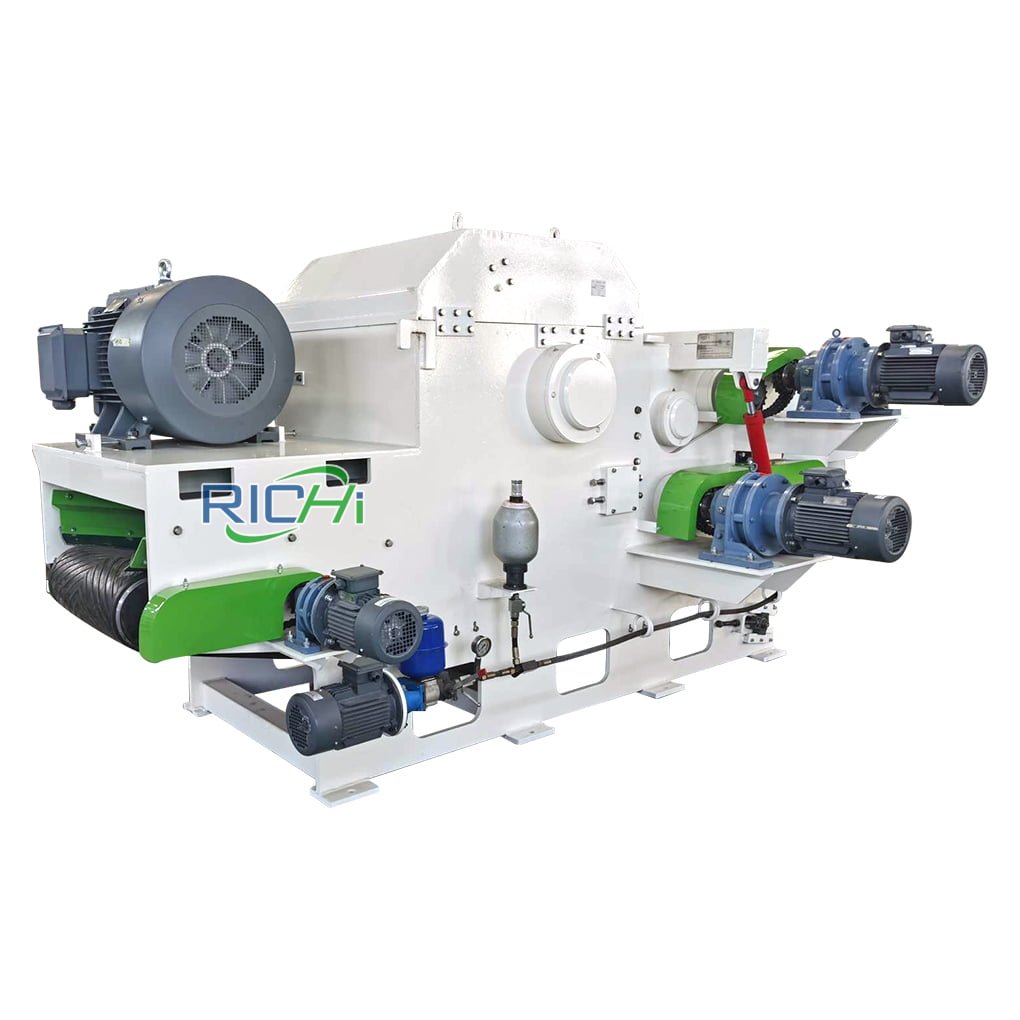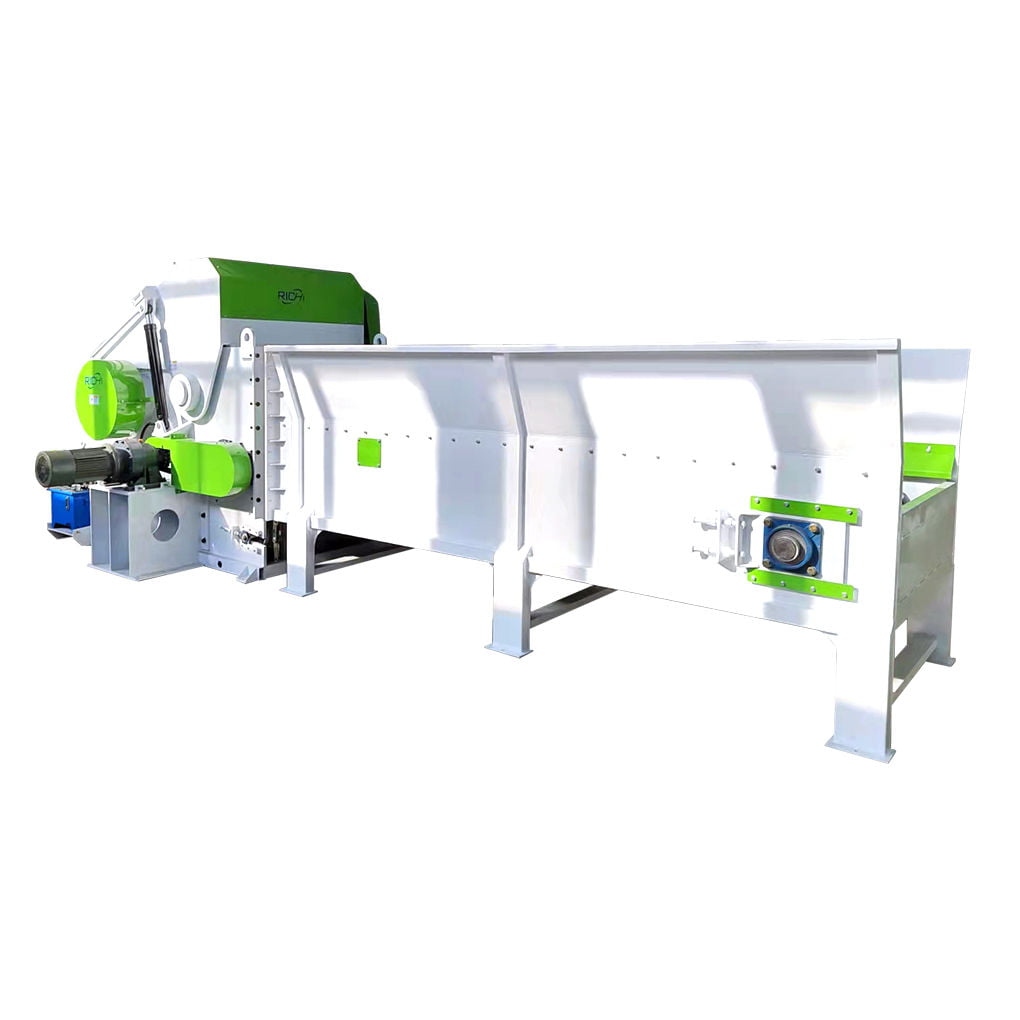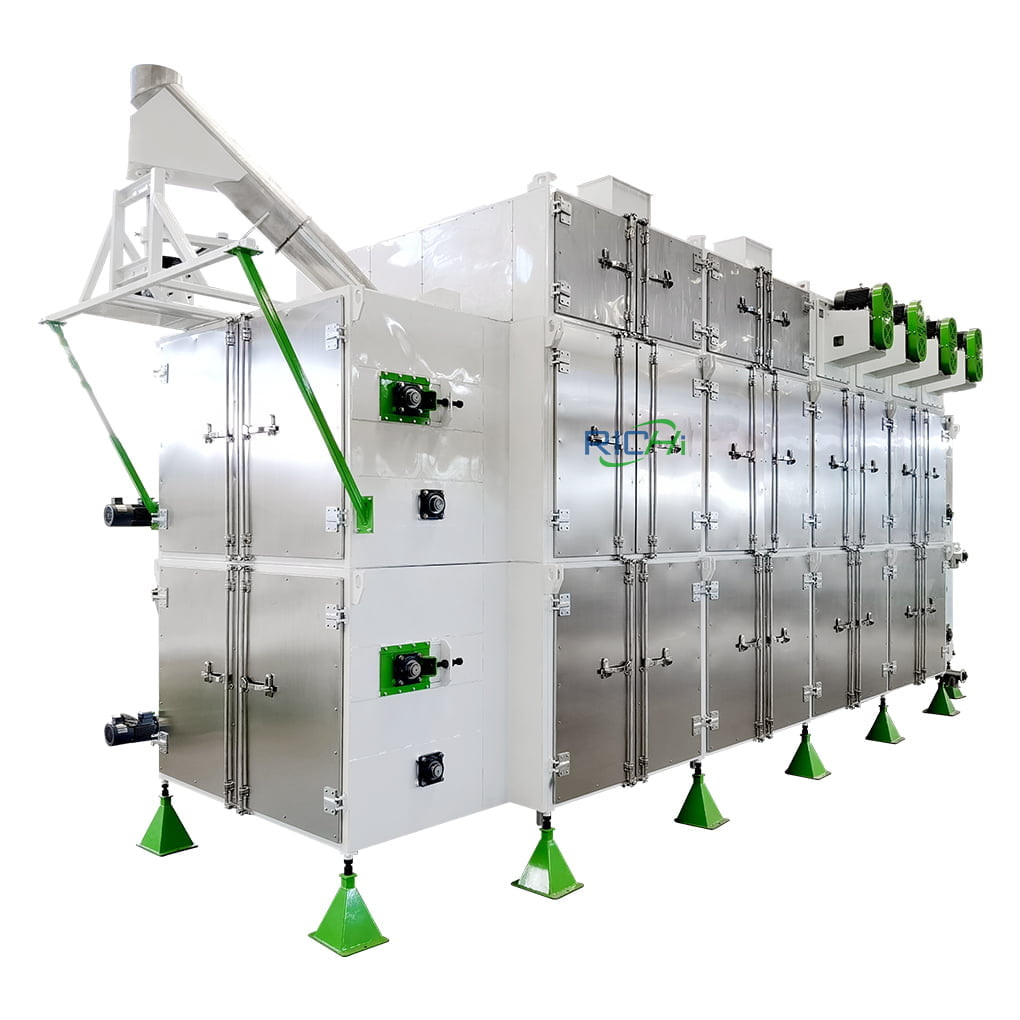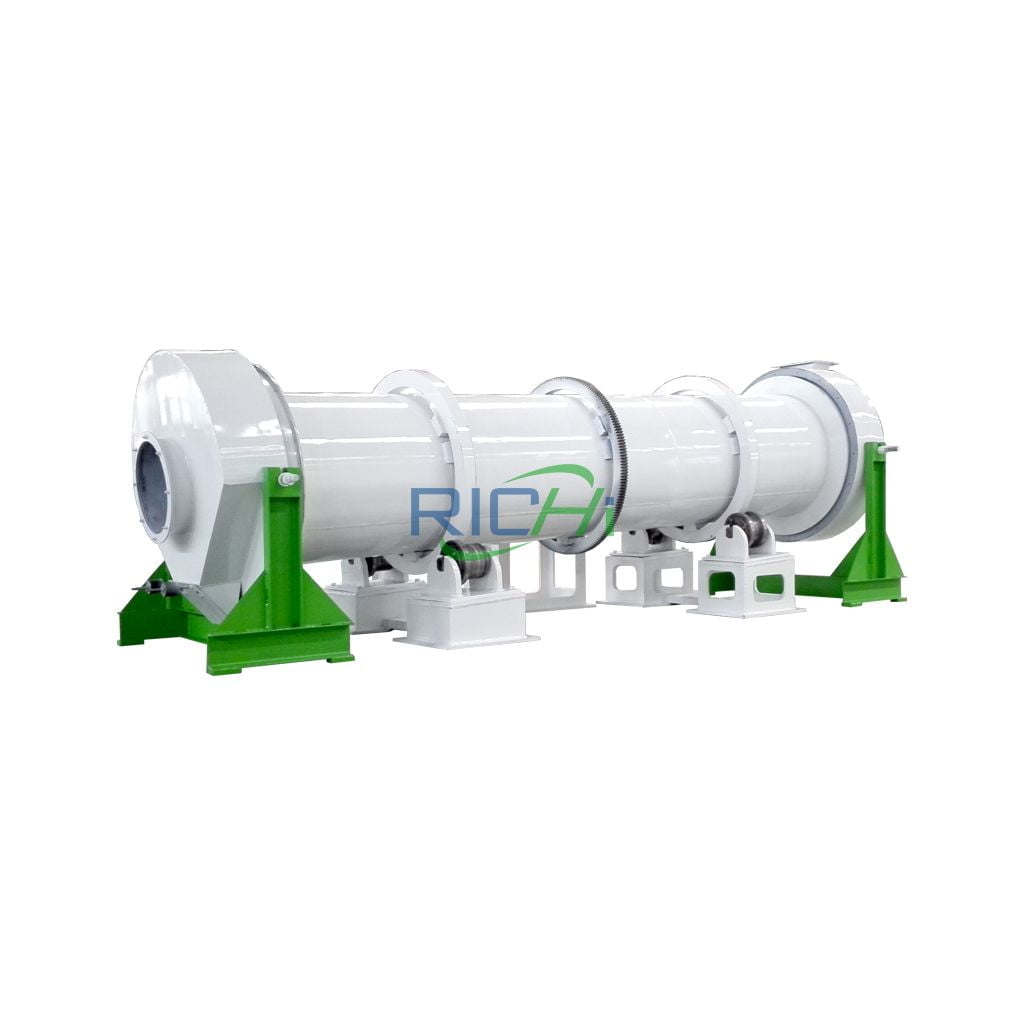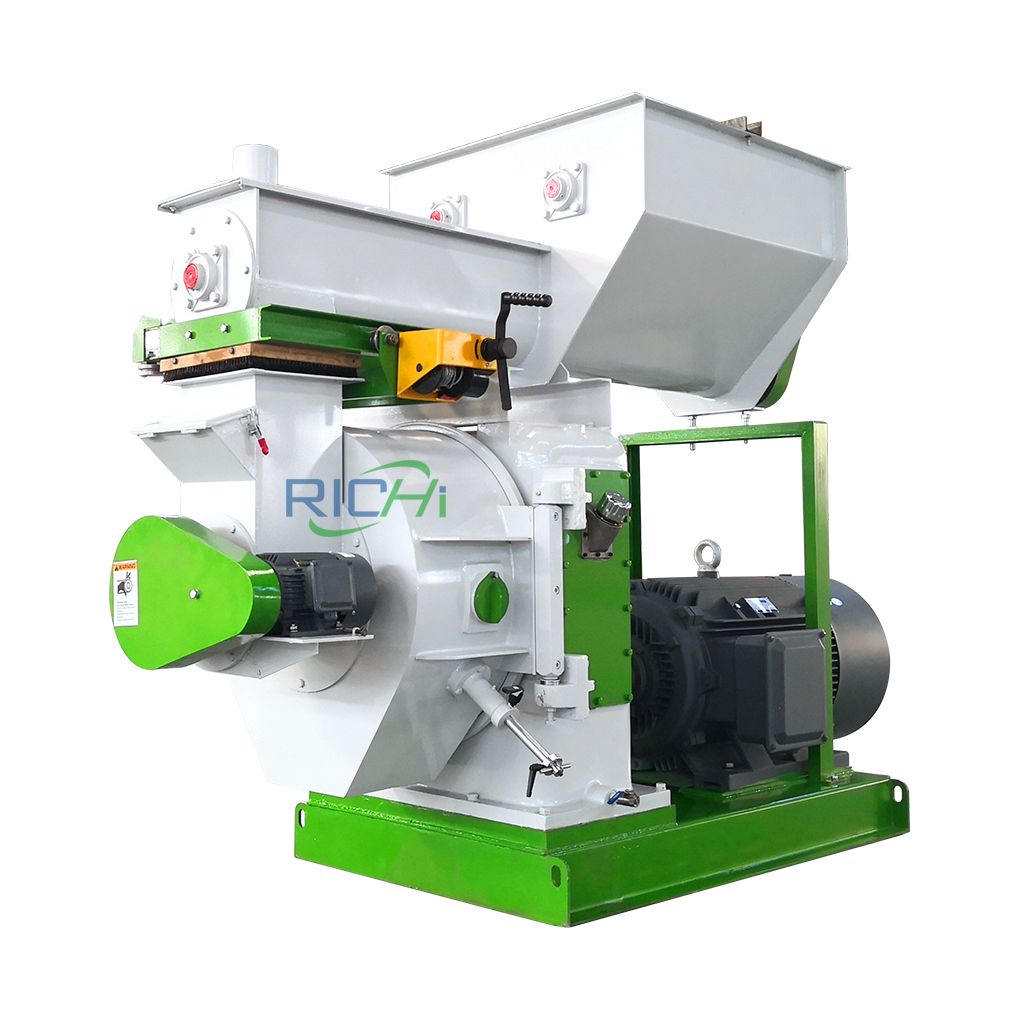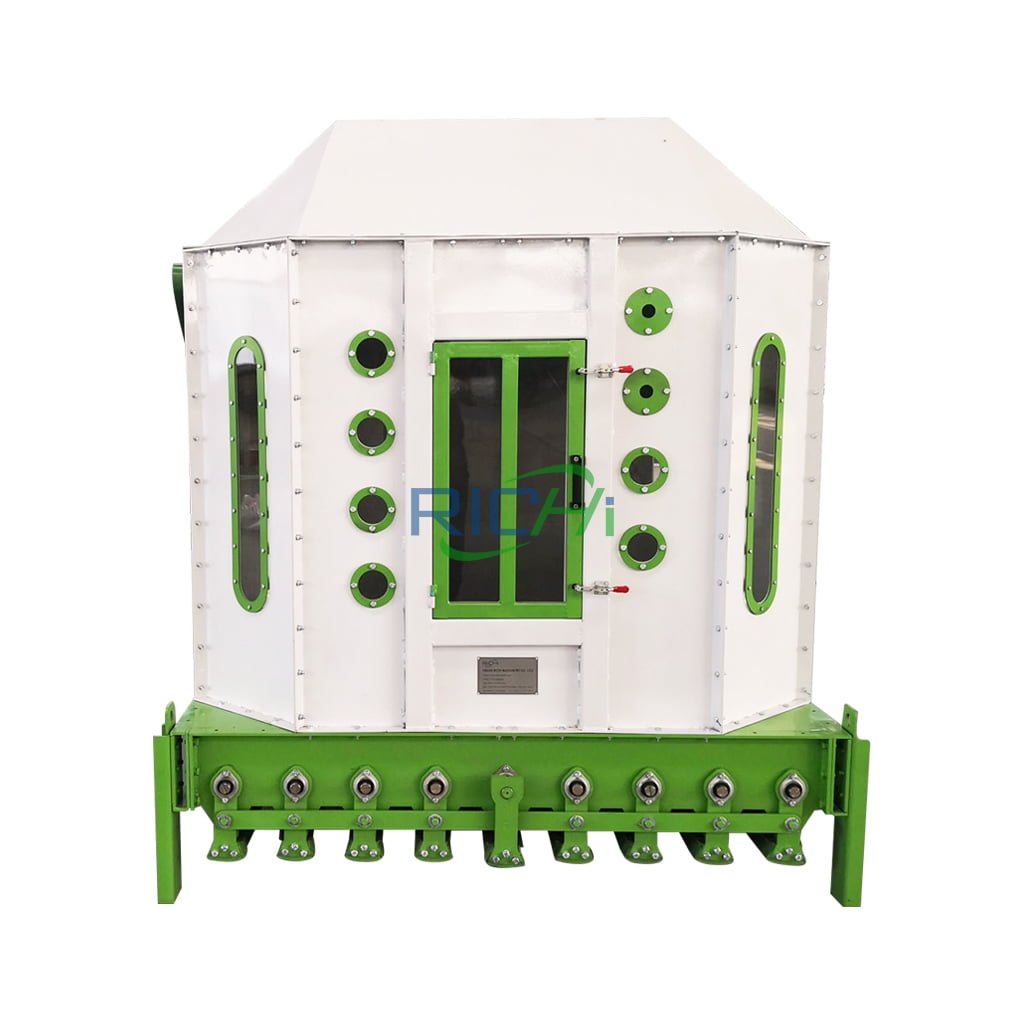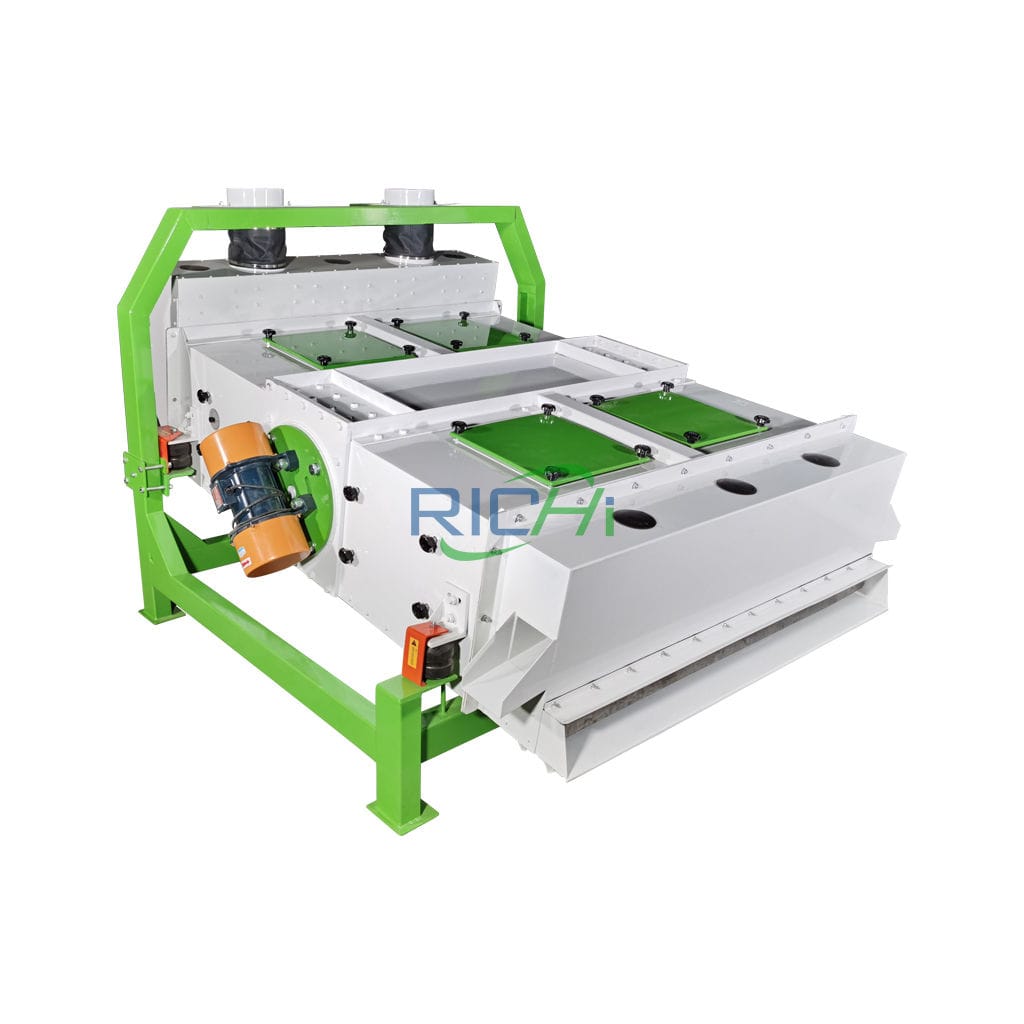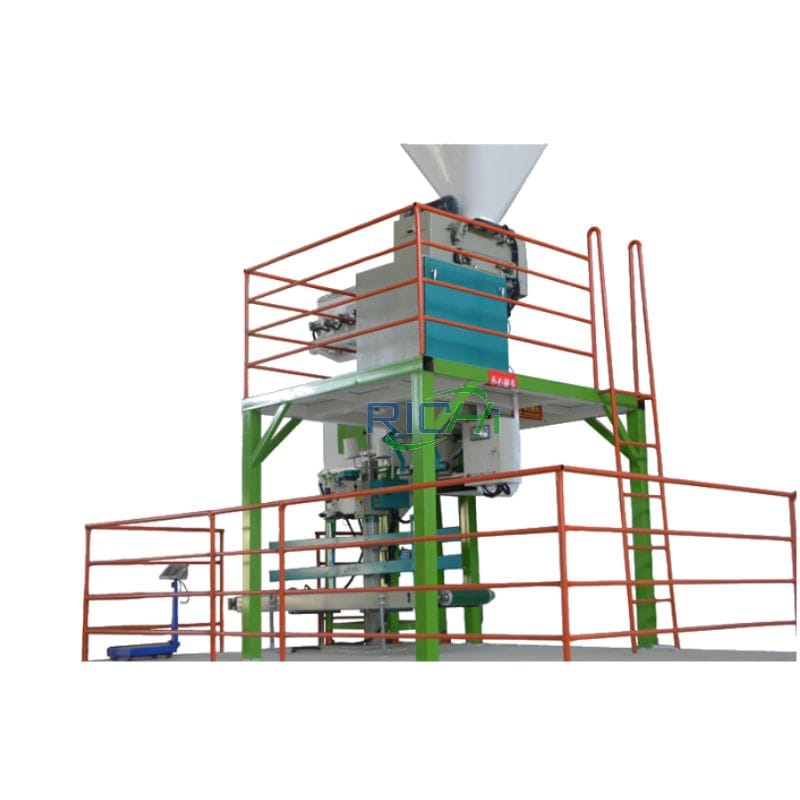
Pellet Mill Line
The 15-20t/h pellet mill line is a large-scale pellet processing system used to process various agricultural and forestry waste pellets. These pellets can be used as fuel, animal feed, organic fertilizer, cat litter pellets, etc.
RICHI team is composed of engineers who are not only technical experts but also possess deep manufacturing and process knowledge. This dual expertise allows us to devise pellet mill line solutions that are technically sound and strategically aligned with your business objectives.

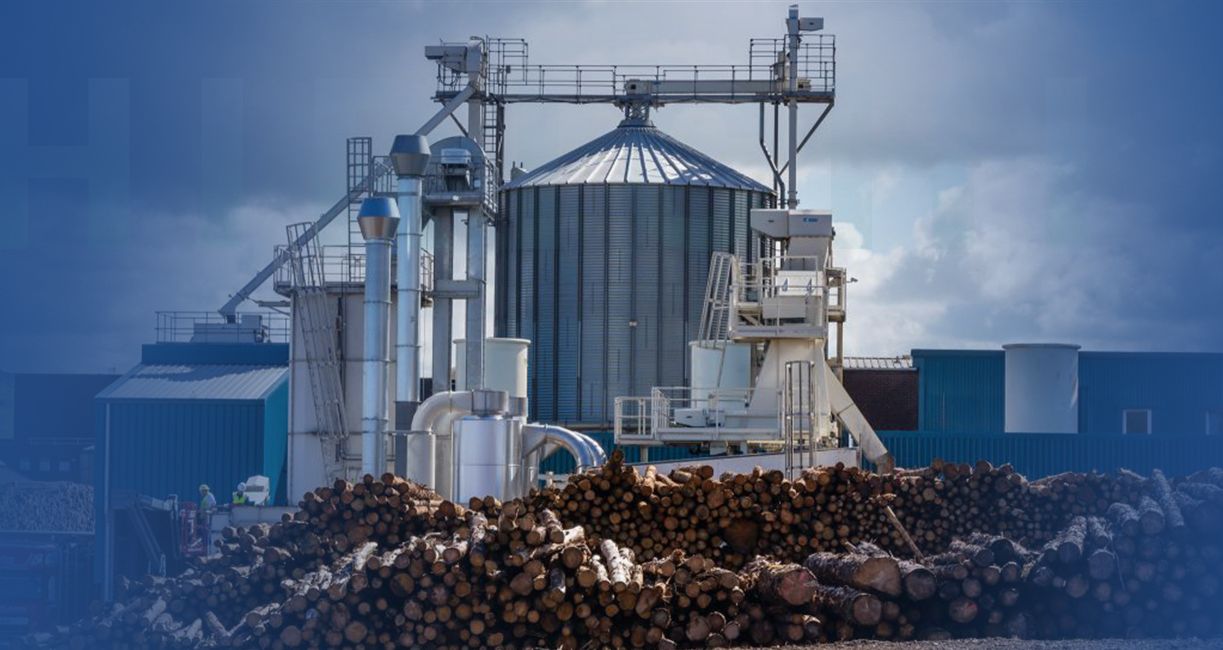
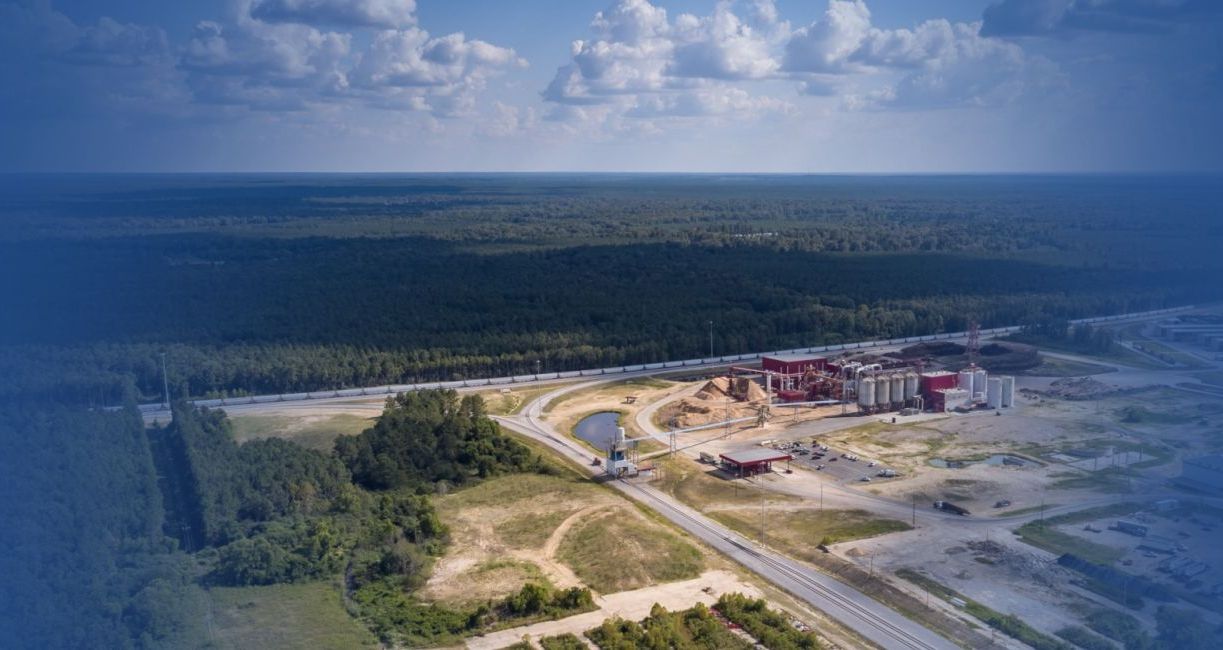
At RICHI Machinery, we specialize in providing comprehensive biomass pellet mill line engineering solutions tailored to your unique needs.
We deliver proven pellet line development solutions, including preliminary process design and plant layouts that consider your specific production requirements and define your capital investment.
- Output: 15-20T/H
- Price: 220,000-1,500,000 USD
- Applicable customers: energy companies, fuel pellet plant, biomass pellet plant, wood pellet factory, animal feed mill plant, farms, sawdust mills, wood chip mills, lumber mills, etc.
Our biomass pellet mill lines are tailored to ensure that your operations are not just meeting but exceeding industry standards. Our solutions are designed to deliver tangible improvements in product quality, operational safety, and efficiency, directly contributing to a healthier bottom line and a robust ROI.
types of 15-20T/H pellet mill line
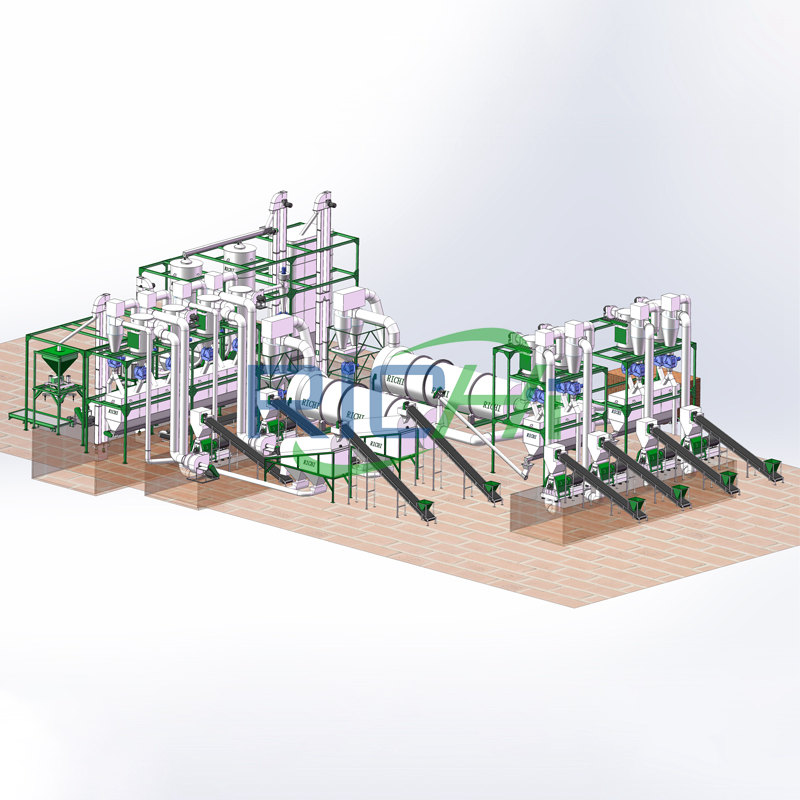
Agricultural waste pellet mill line
This type of pellet mill line uses corn straw, wheat straw, rice straw, cotton straw, efb, rice husk, peanut shell, sunflower shell, bamboo, grass, alfalfa, hay, bagasse, miscanthus and other agricultural waste as raw materials. Suitable for processing fuel pellets, feed pellets, etc.
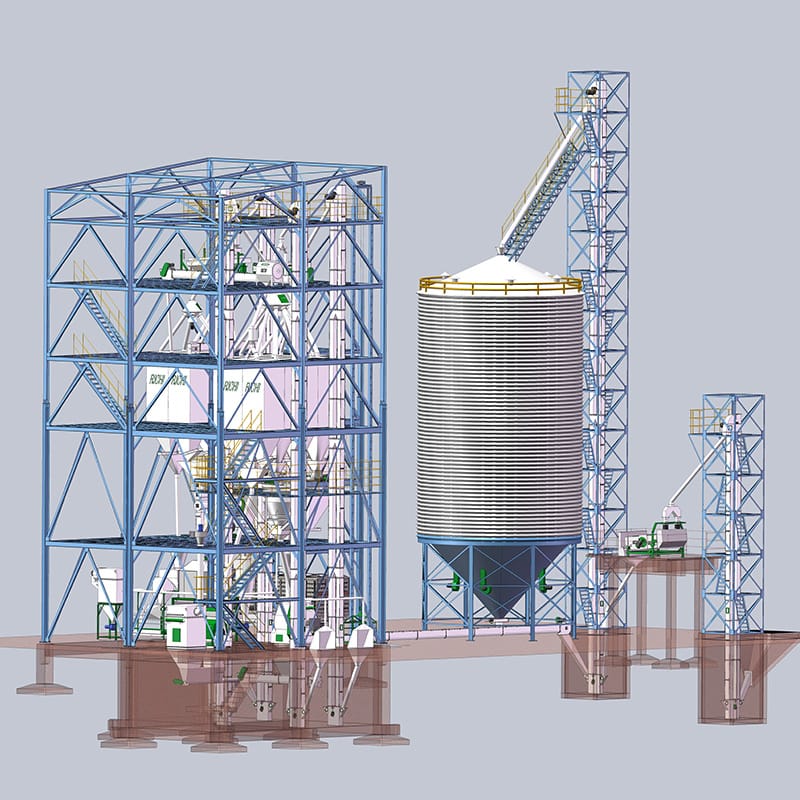
Forestry waste pellet mill line
This type of pellet mill line mainly uses forestry waste such as felled wood, wood chips, sawdust, tree trunks, stumps, wood strips, wood blocks, wood scraps, wooden pallets, leaves, etc. as biomass pellet raw materials for processing fuel pellets, cat litter pellets, etc.
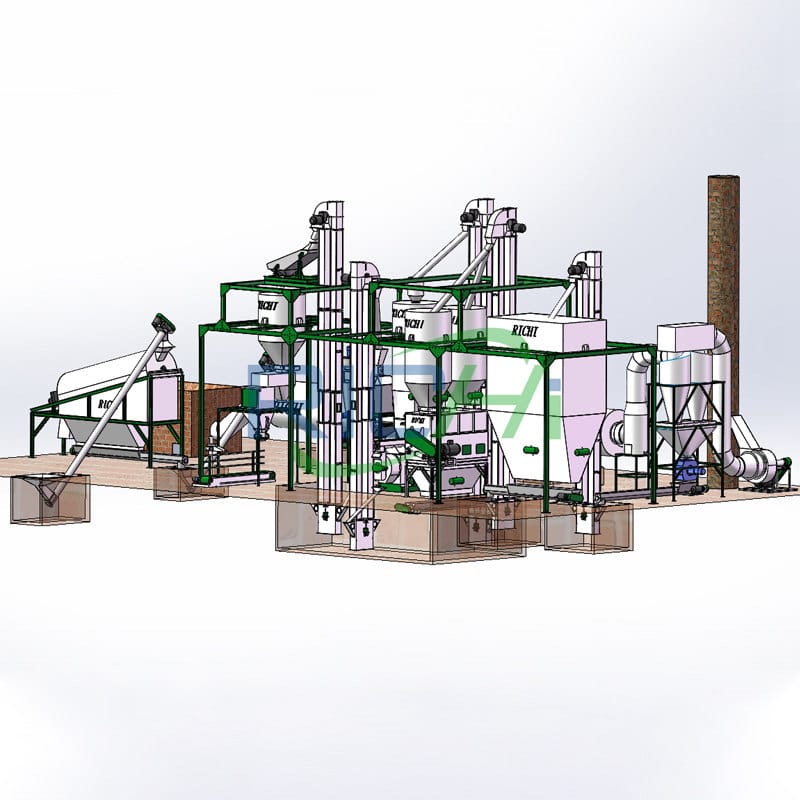
Other pellet mill line
This type of pellet mill line mainly uses various raw materials such as tofu residue, bentonite, waste paper, newspapers, cartons, plastics, rubber, cords, livestock and poultry manure, etc. to process cat litter pellets, organic fertilizer pellets, RDF pellets, rubber pellets, etc.
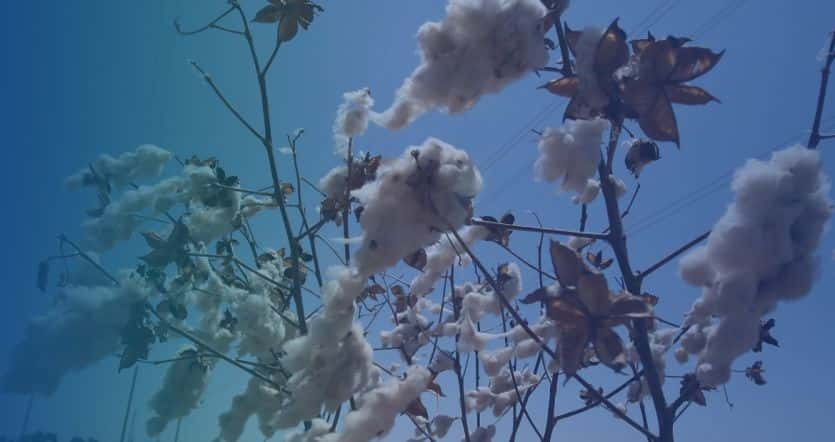
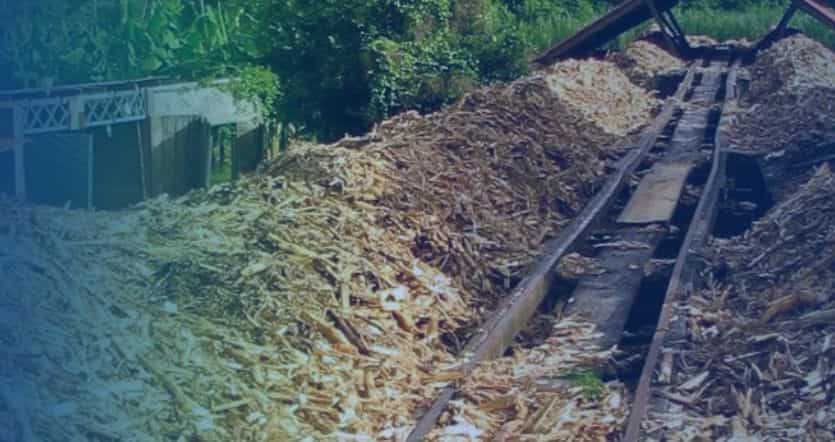

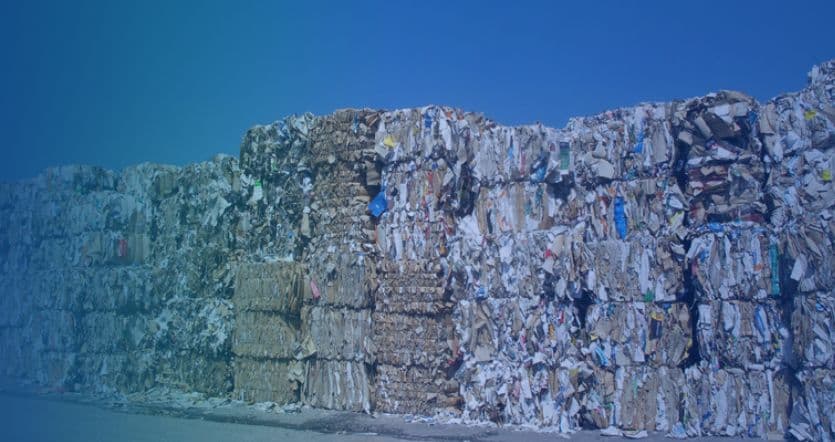
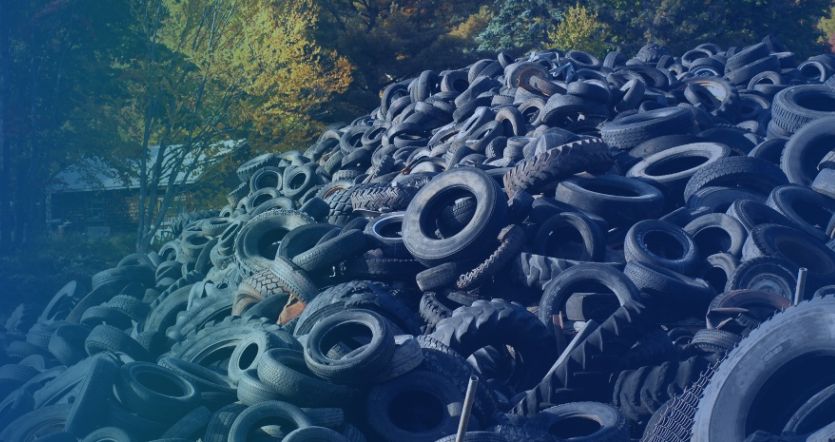
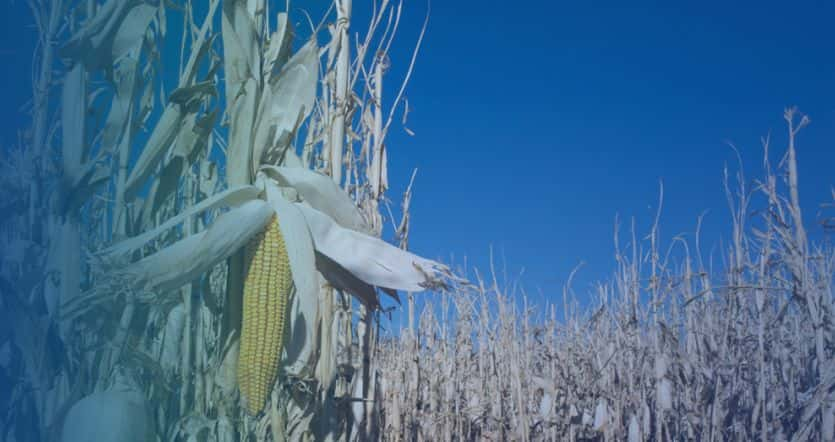
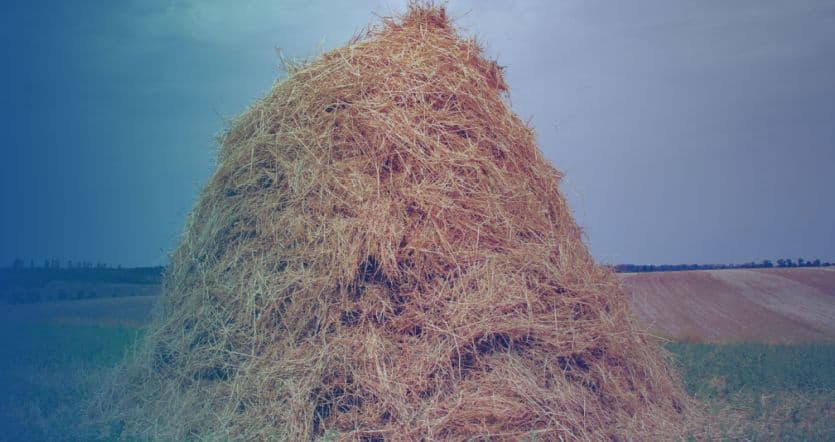
solution.jpg)


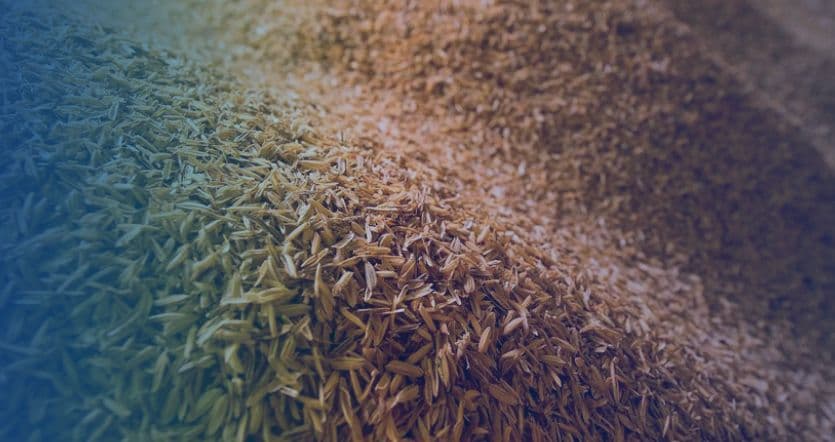
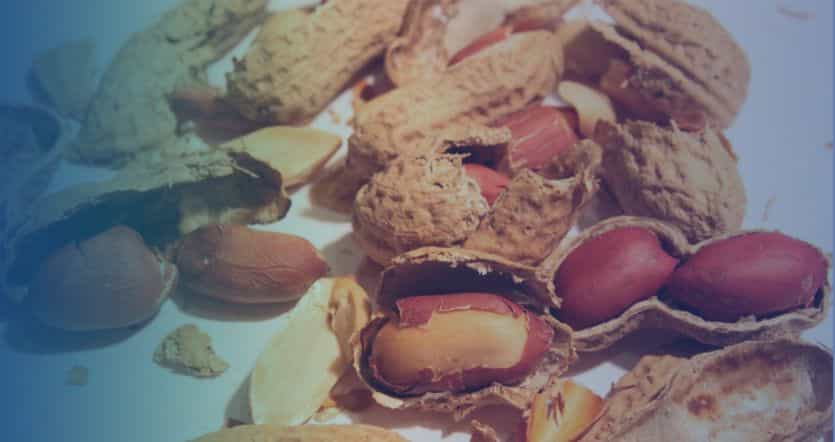
Process design of 15-20T/H pellet mill line
RICHI uses cutting-edge plant tools such as 2D and 3D drawings. From the initial process design and plant layout, we will design the pellet mill line in your direction to create the most efficient, cost-effective process possible. Our team can also assist with future- proofing new designs to allow for faster, easier changes down the road.
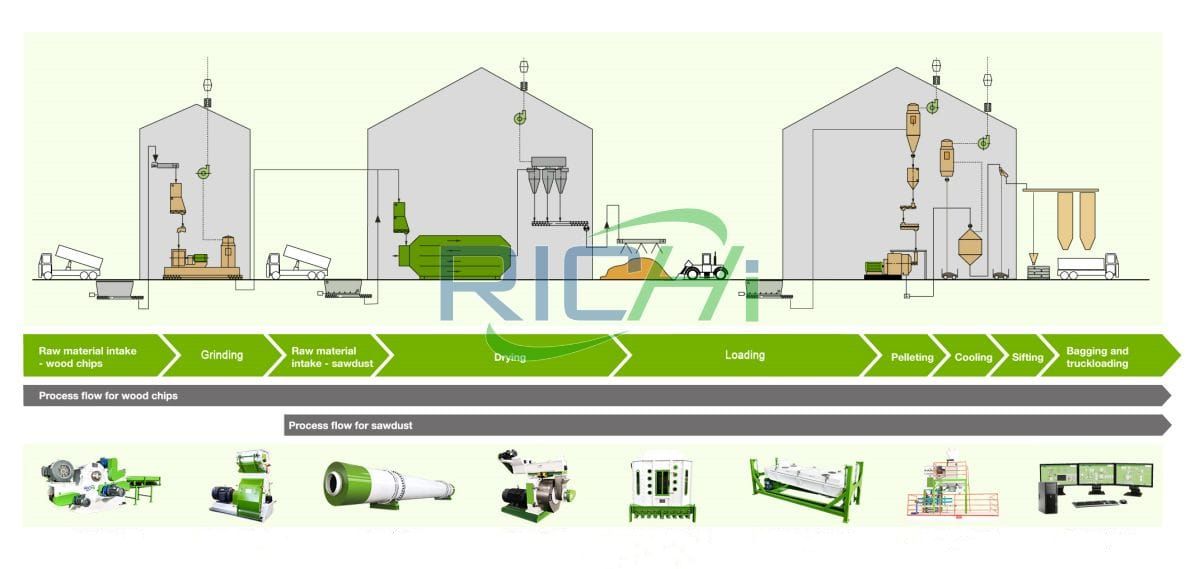
1. Raw material selection
There are many types of biomass raw materials, including straw, sawdust, plant fiber, waste, etc. Choosing high-quality raw materials is the key to producing high-quality biomass pellets, and the moisture content, crushing difficulty, physical properties, etc. of the material need to be considered. According to different raw materials, different cleaning equipment and other pre-treatment equipment need to be selected.
2. Crushing
The raw materials are processed into smaller particles, which are generally crushed using a pellet machine. The crushed particles can improve the molding efficiency, reduce the pellet diameter, and help increase the pellet density.
3. Drying
The raw material has a high moisture content and needs to be dried to reduce the moisture content and reduce costs. Fluidized bed dryers and drum dryers are generally used for drying.
4. Granulation
The dried raw materials are pressed through a biomass pellet machine to form regular-shaped biomass pellets, usually 6-10 mm in diameter.
5. Cool down
The granulated pellets have a high temperature and need to be cooled down through cooling treatment. Generally, a pellet cooler is used for cooling.
6. Screening
The cooled biomass pellets are screened to remove broken or pellets of different sizes to improve product quality.
7. Packaging
The screened biomass pellets are packaged, usually in woven bags or plastic bags, for storage and use.
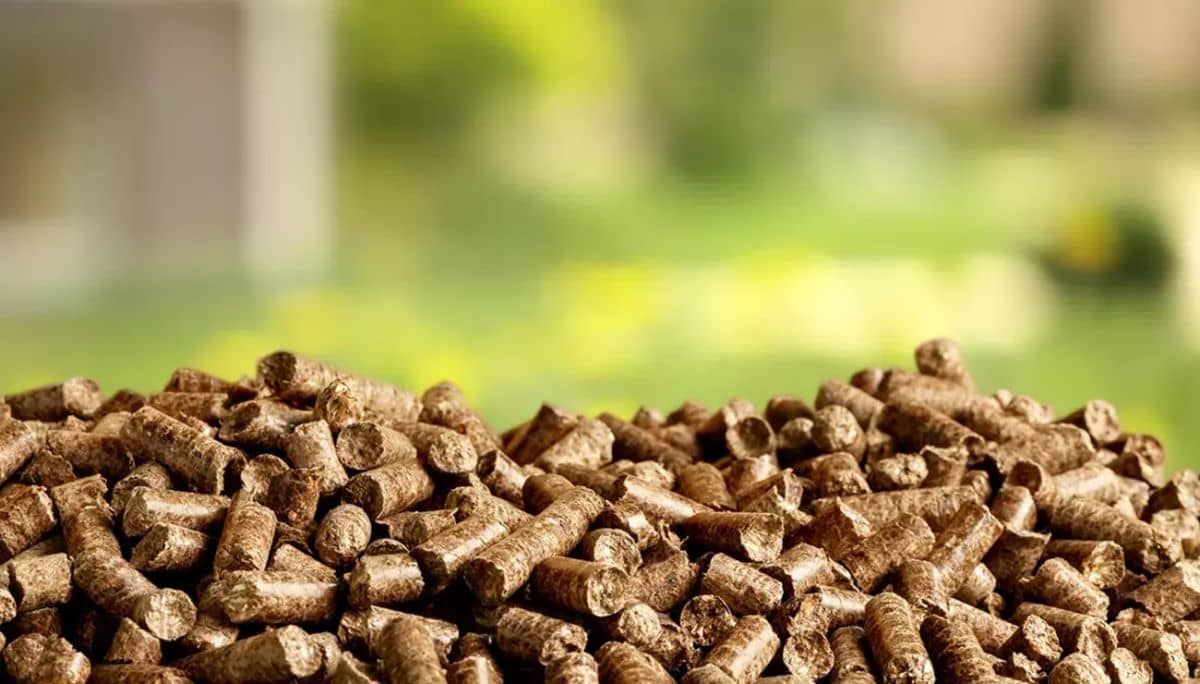
Precautions of pellet mill line design
- The moisture content of raw materials should not be too high, otherwise it will affect the granulation quality.
- The size of the crushed particles should be uniform, otherwise the granulation efficiency will be affected.
- The dried raw materials should be heated evenly, otherwise the particles may crack or even burn.
- The selection of biomass pellet mill needs to be based on the properties of different raw materials.
- During the biomass pellet production process, the equipment must be kept clean to prevent impurities from entering and affecting product quality.
The production process of biomass pellets is a comprehensive processing process, and every link needs to be strictly controlled to ensure product quality. Selection of high-quality raw materials, precise processing, and strict control of finished product quality are the keys to producing high-quality biomass pellets.
With years of experience in the field, our team possesses the knowledge and skills necessary to tackle any challenge in pellet mill line construction, always with an eye on how improvements increase your bottom line.
Equipment needed to start 15-20 t/h pellet mill line
The complete set of biomass pellet equipment mainly includes: crusher, dryer, granulator, conveyor, cooler, and packaging machine. Each piece of pellet mill line equipment has strict operating specifications and quality requirements for each step to ensure the quality of the product.
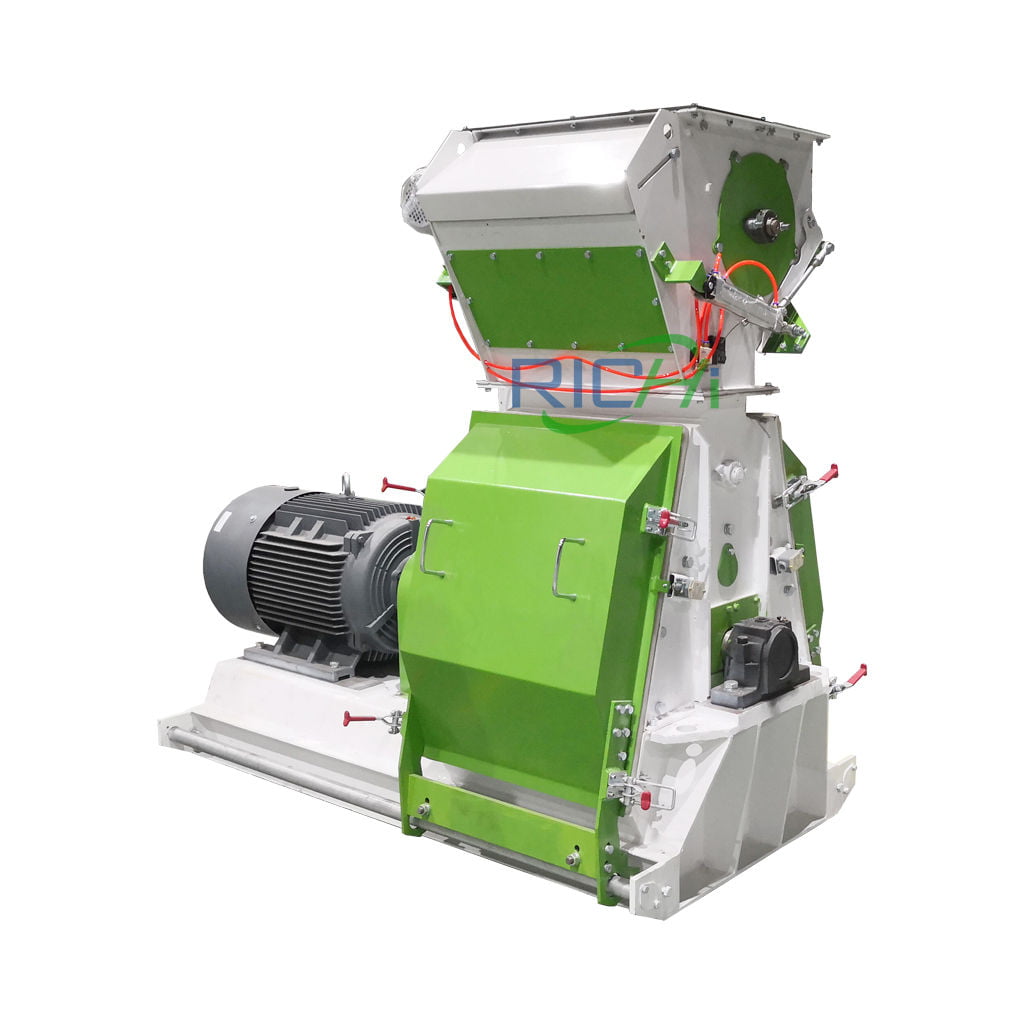
biomass Hammer Mill
Capacity:
3-25T/H
Main Power:
30-160 KW
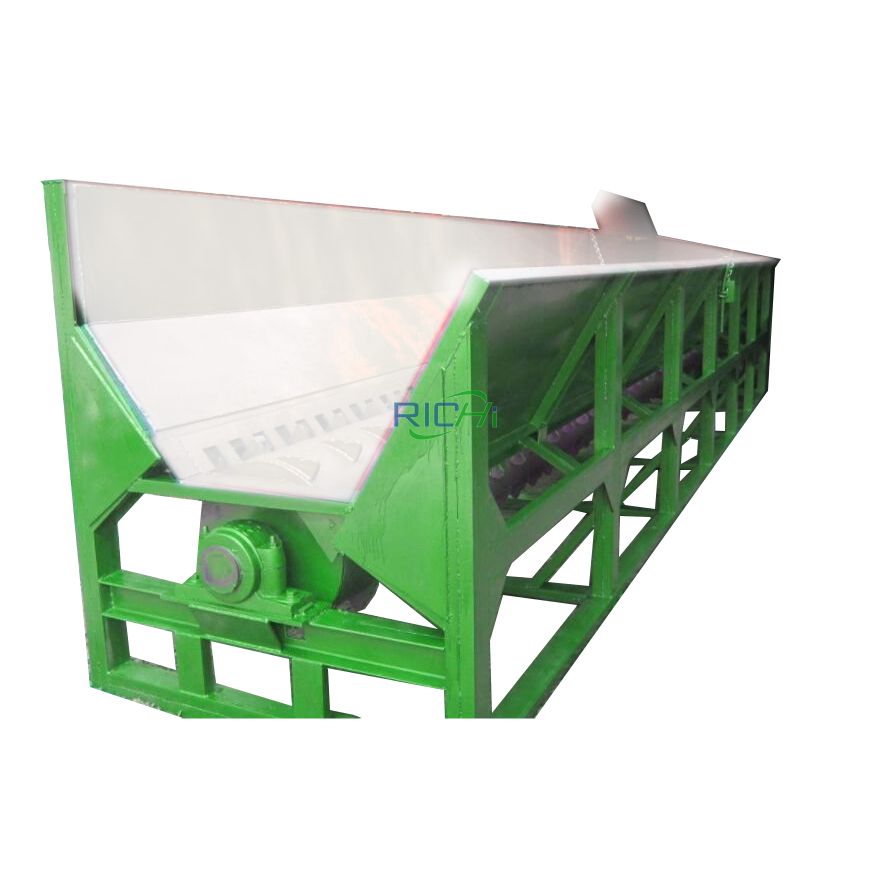
wood Debarker
Capacity:
5-15 T/H
Main Power:
7.5-11 KW
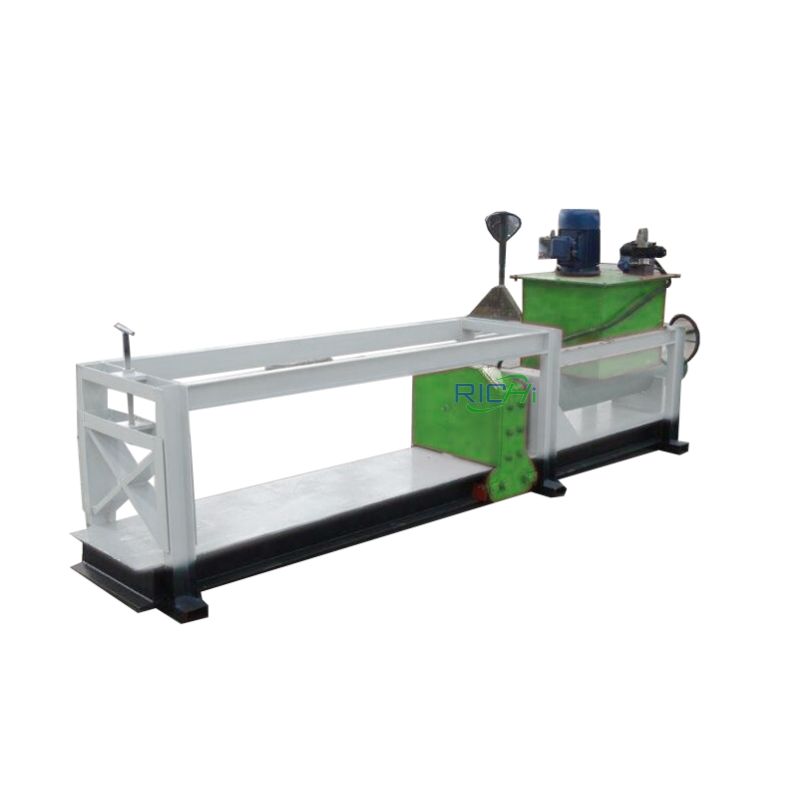
Wood splitter
Capacity:
3-12T/H
Main Power:
10-20 KW
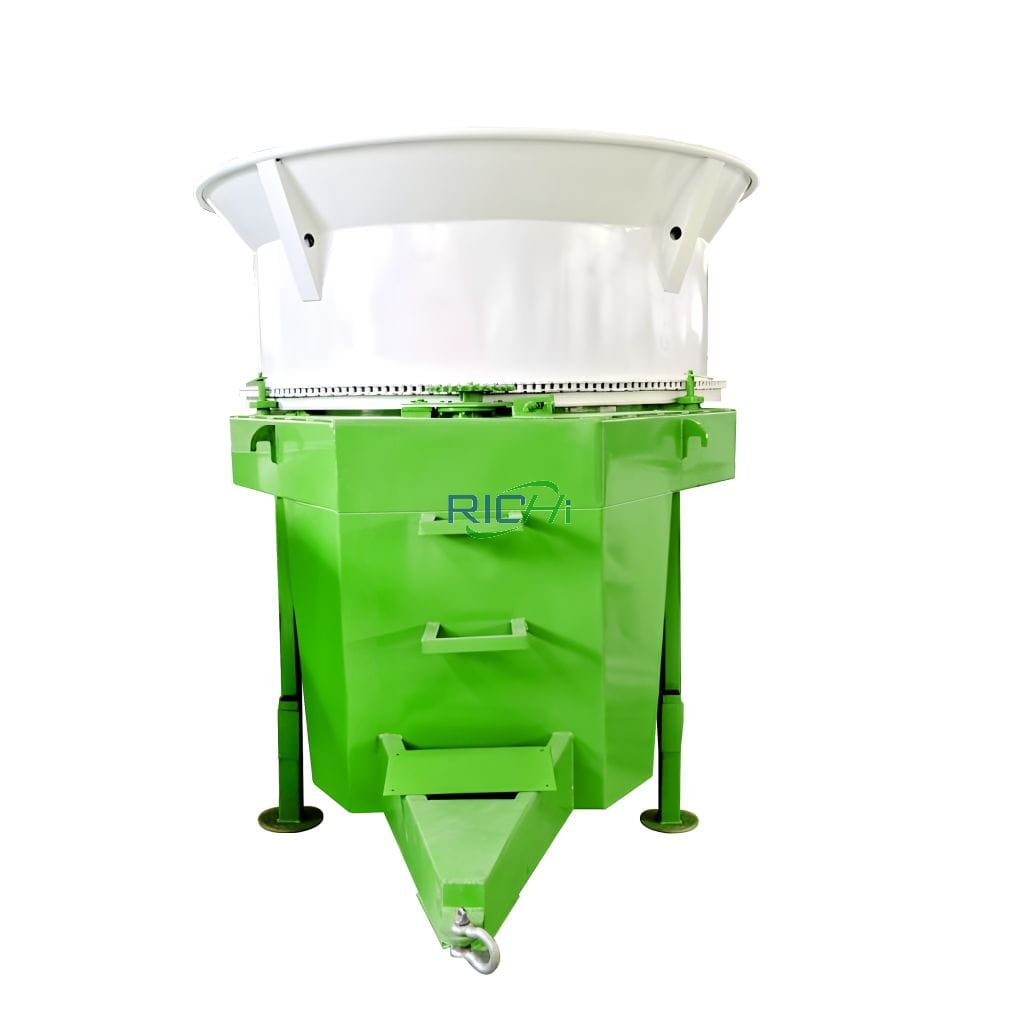
Bale breaker
Capacity:
1-20T/h
Main Power:
30-90KW
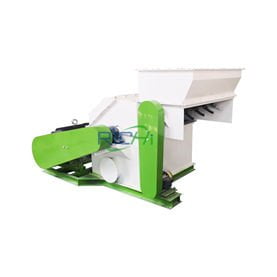
Straw Grass Crusher Machine
Capacity:
0.3-3T/H
Main Power:
22-93KW
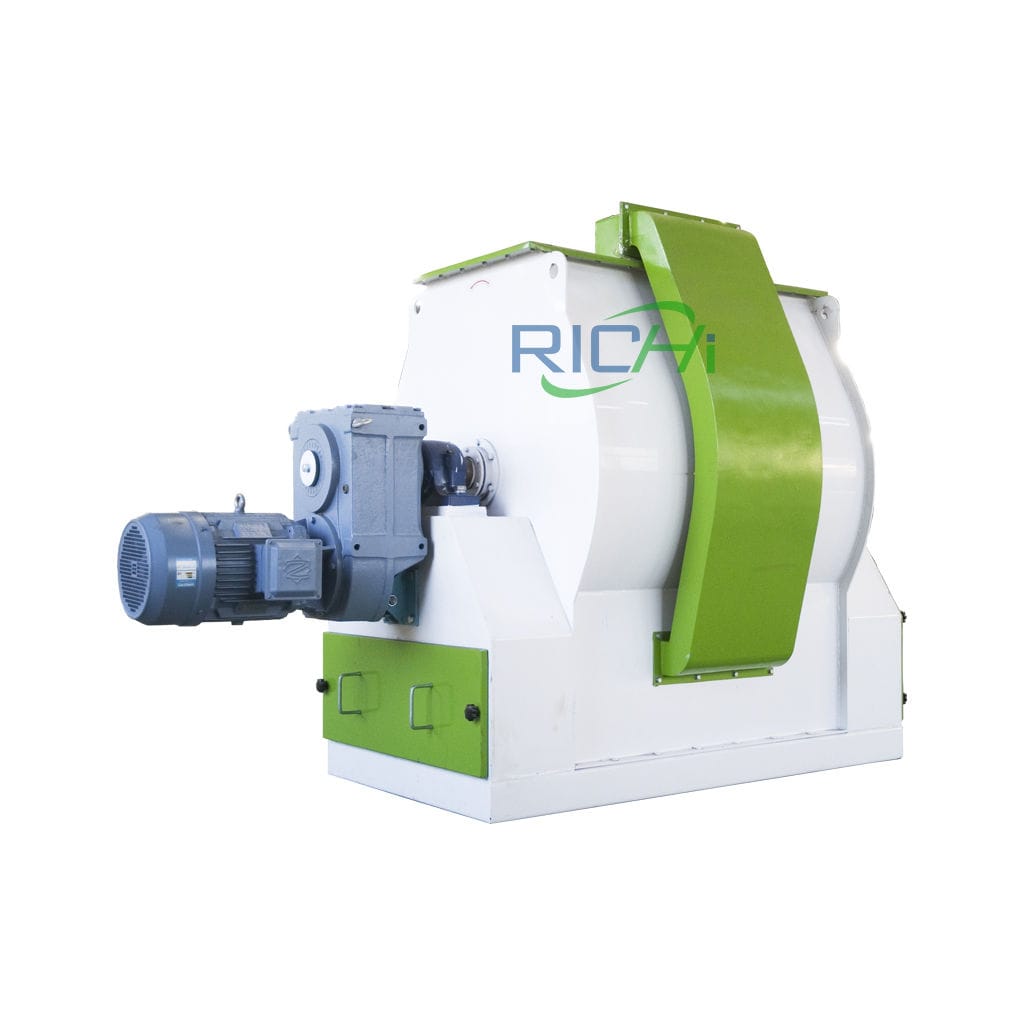
Mixing Machine
Capacity:
250-2000KG
Main Power:
4-55KW
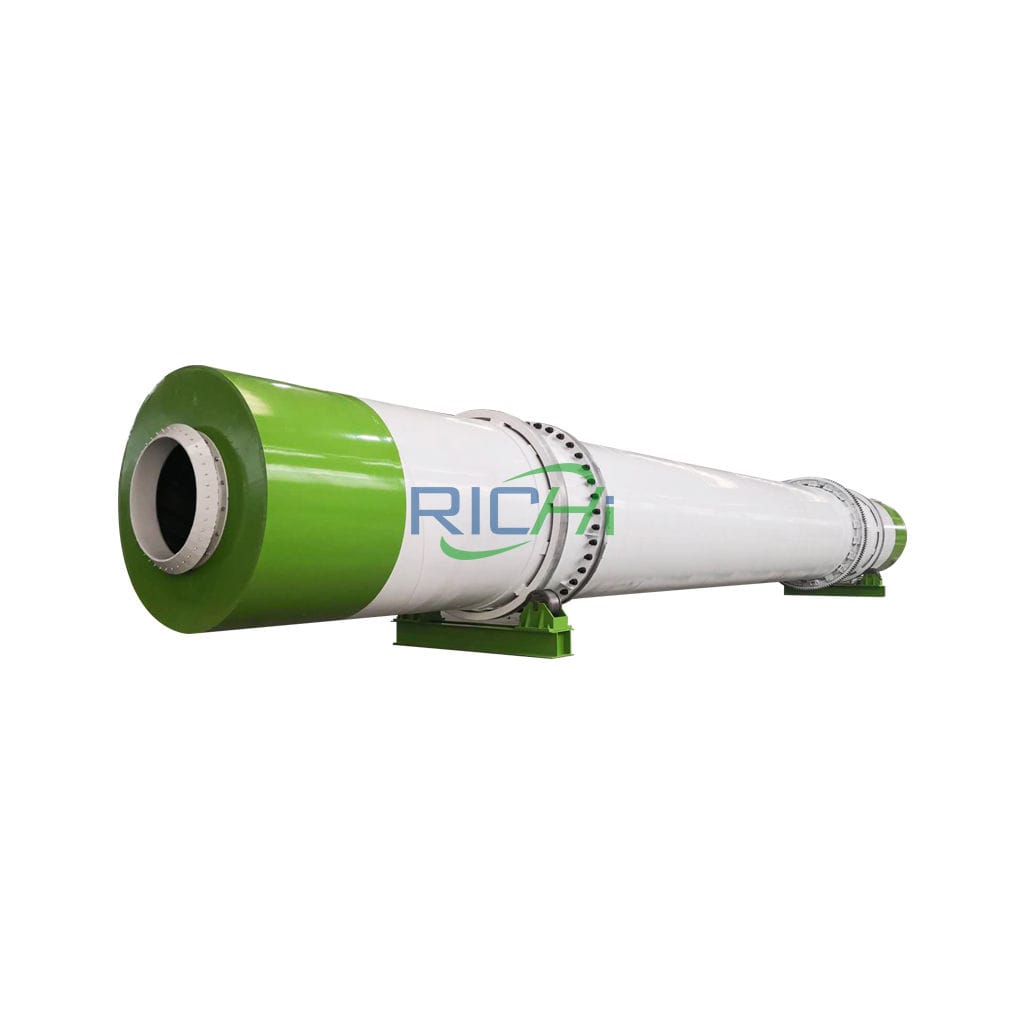
biomass Dryer
Capacity:
Customized
Rotate Speed:
3-8 R/Min
When purchasing pellet mill lines and mechanical equipment, you must first understand the characteristics of the products produced, such as the types of pellets produced, quality standard requirements, processing procedures, etc.
For example, when producing fuel straw biomass pellets, you need to purchase MZLH straw pelletizer, straw crusher and other equipment suitable for fuel pellet processing. When producing straw feed pellets, you need to purchase equipment such as the SZLH straw feed pellet mill to ensure the maturation effect of the feed.
Featured 15-20 T/H pellet mill line solutions
At RICHI Machinery, we are dedicated to providing you with the most advanced integrated biomass pellet production line systems and technologies to elevate your manufacturing process. Our commitment to excellence, innovation, and safety makes us the ideal partner for all your biomass pelleting needs.
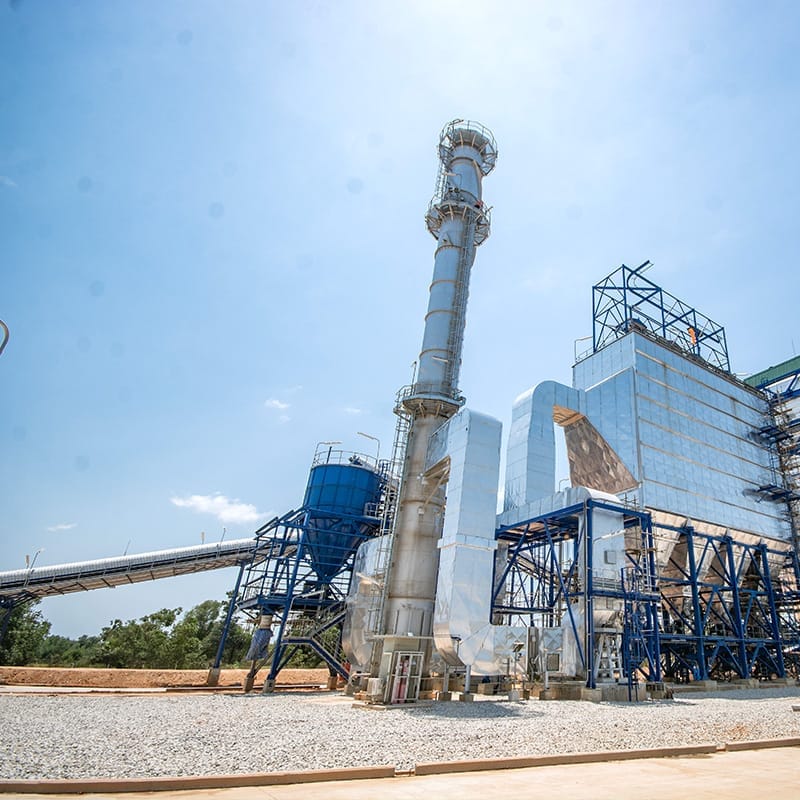
15 t/h pellet mill line for tree wood waste
—— RICHI MACHINERY ——
- Annual output: 23,000 tons per year
- Pellet machine line price: 760,000 USD
- Covered area: 2800m2
- Main construction contents: production workshop, stockyard, finished product storage area, dormitory, office, kitchen, toilet
- Working system: There are 20 project employees, 10 of whom will be accommodated and boarded in the factory. One shift per day, working hours are 8:00-12:00 in the morning, 14:00-18:00 in the afternoon, 8 hours per shift, annual work The number of days is 240 days.
- Raw material consumption: fir, pine, eucalyptus, miscellaneous wood and other wood waste 105,000t/a, crushed raw materials*20,000t/a
- Energy consumption: electricity*100,000kW·h/a, water*528t/a
- Main equipment: crusher, pulverizer, granulator, dryer, induced draft fan, transformer, forklift, etc.
pellet mill line Process flow description:
- Raw material screening: Raw materials such as wood waste are transported to the factory by vehicles. The transport vehicles are covered with felt cloth and unloaded in the raw material warehouse. The raw materials contain a high moisture content, generally 15%. The raw materials do not need to be dried and can be directly stored in the raw material warehouse for later use. Larger raw wood needs to be crushed, and the crushing is a closed crushing standby.
- Drying & Pelleting: After screening, the fine materials enter the drying system (the drying system includes a dryer and a drying furnace combustion chamber. The drying furnace burns fuel to generate heat energy to heat the dryer and remove excess moisture from the raw materials in the dryer). The wood edge The rough materials are manually transferred into the combustion chamber of the drying furnace and burned as fuel. The raw materials are lifted into the drum dryer through a closed spiral feeder. The drying temperature is 140-200°C. The combustion chamber uses wood gas as fuel. The combustion flue gas is introduced into the dryer through the fan and is in direct contact with the materials. Dry the material. Then it enters the airflow dryer through the fan, and is transported to the pellet machine by the closed screw feeder through the dust removal separation bin and the cooling bin.
- Cooling: After granulation, it is cooled by a cooler and screened.
- Finished product: Pack the products in purchased cartons or other packaging materials into the warehouse for sale.
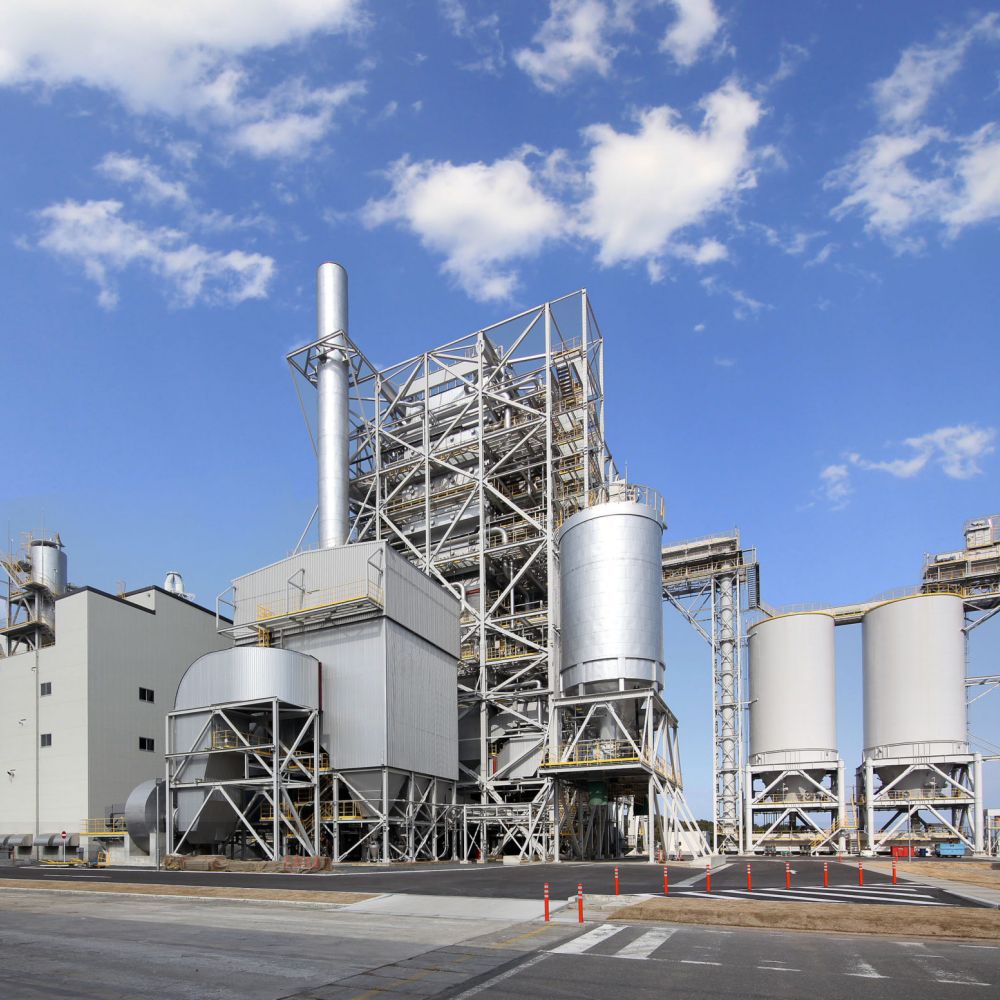
20T/H pellet mill line for wood & straw
—— RICHI MACHINERY ——
- Annual output: 50,000 tons per year
- Biomass wood pellet production line price: 810,000 USD
- Land area: approximately 3,200 square meters
- Product plan: biomass pellets (diameter 8mm)*20,000 tons/year, biomass pellets (diameter 10mm)*30,000 tons/year
- Work system: 18 employees, 8-hour system, 300 working days per year, 2,400 working hours per year
- Raw material consumption: wood, sawdust*18000t/a, straw*31000t/a
- Energy consumption: Electricity consumption 680,000 kwh/year
- Main equipment: shredder, pulverizer, biomass pellets machine, belt conveyor, air compressor, etc.
pellet mill line Process flow:
- Raw material storage: The raw and auxiliary materials used by the enterprise include wood, sawdust, and straw. After being transported into the factory, they are placed in the raw material warehouse for temporary storage. The ratio of wood, sawdust, and straw is approximately 3:7.
- Shredding processing: The wood in the raw materials needs to be shredded by a shredder. Dust and noise pollution will be generated during the shredding process.
- Crushing process: The wood chips, straw in the raw materials and the wood shredded by the shredder are crushed by the crusher. Dust and noise pollution will be generated during the crushing process.
- Granulation: The crushed materials are sent to the granulator through the belt conveyor, and the granulator is mechanically compressed and forced through the template for polymerization and molding.
- Cooling: When the biomass pelletizer is discharging, the temperature of the pellet fuel is as high as 80~90℃, and it must be cooled to normal temperature through a cooler before being stored in the warehouse. This project adopts air cooling method.
- Packing: Manual packaging is carried out after the product has cooled completely.
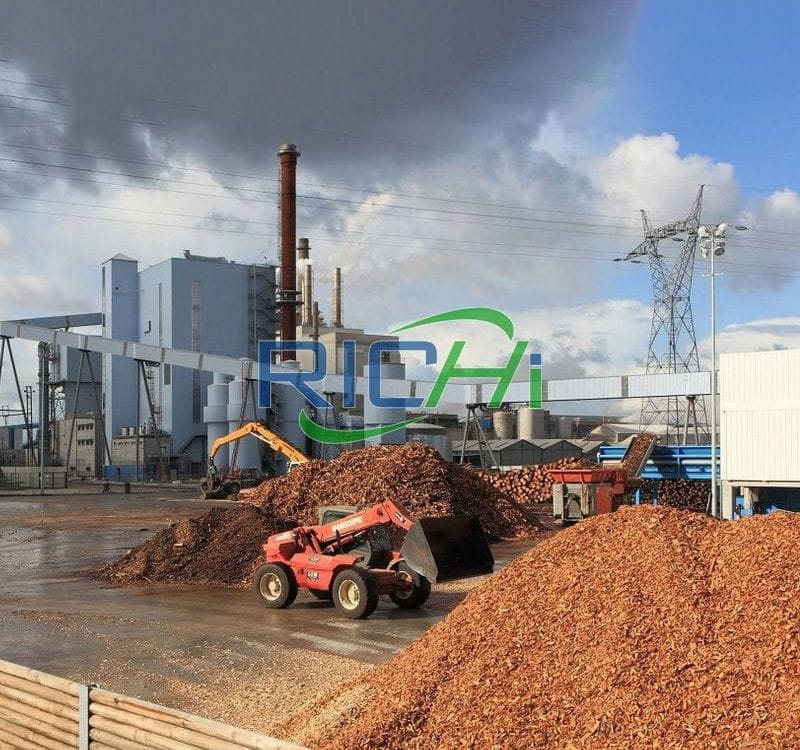
18-20 tons pellet mill line for straw sawdust rice husk
—— RICHI MACHINERY ——
- Annual output: annual processing of 45,000 tons
- Biomass pellet line price: 930,000 USD
- Covered area: 1500m2
- Main construction content: production workshop (mainly arranged for raw material warehouse, crushing workshop, finished product warehouse, etc.), comprehensive building, toilet, and guard room
- Work system: 30 people, 300 working days per year, one shift, 8 hours per shift
- Raw material consumption: straw*30,000 t, rice husk and sawdust*15,000 t
- Energy consumption: 480t of water, 300,000 kWh of electricity
- Main equipment: hay cutter, straw crusher, pulverizer, biomass materials dryer, biomass pellet granulator, etc.
pellet mill line Process flow:
- Raw materials: Pile purchased raw materials (straw, peanut shells, corn stalks and other agricultural and forestry waste) in the raw material warehouse for later use.
- Mixing: The purchased raw materials are mixed according to production needs.
- Coarse crushing: Larger pieces of raw materials such as straw and corn stalks are coarsely crushed using crushing equipment such as haymakers.
- Finely crush: In this process, the dried raw materials are finely crushed to reach the length requirement of 3mm~7mm.
- Drying: The raw materials contain a certain amount of moisture and are dried using a dryer that uses biomass pellets as fuel.
- Pelleting: The feeding port of the biomass pellet mill is open, and the materials entering the molding machine are mixed evenly. The granulator pressurizes the evenly stirred raw materials into granules.
- Cooling: The temperature of the produced pellet fuel is relatively high and needs to be cooled by a cooler before packaging. If the temperature is too high for packaging, water droplets will easily occur and the pellets will loosen, which is not conducive to sales.
- Packaging: The products are bagged using automated packaging scales and automatic bag sewing machines, and then rolled into finished product warehouses or shipped directly to sales points.
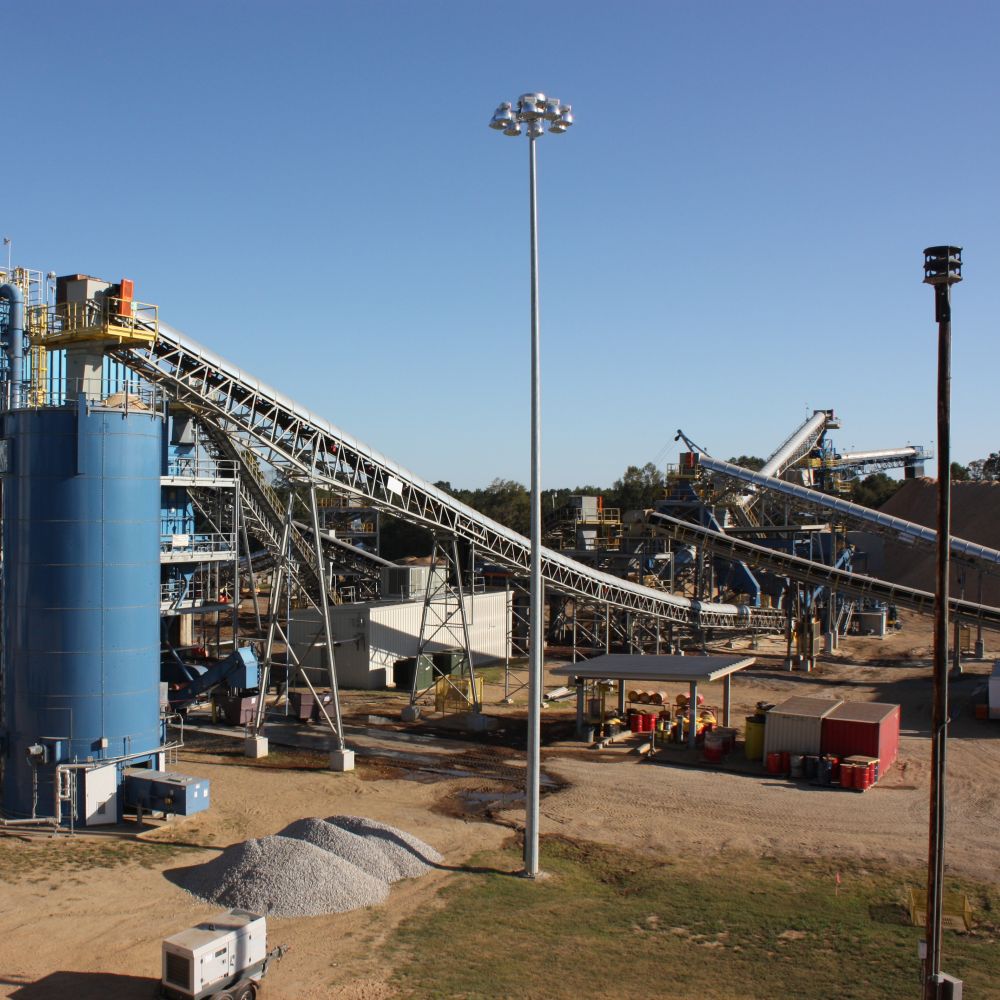
20-21 t/h pellet mill line for wood straw shell
—— RICHI MACHINERY ——
- Annual output: 50,000 tons
- Pellet mill plant price: 690,000 USD
- Covered area: 3000m2
- Main construction content: 1 production plant
- Work system: 10 employees, single shift system, 8 hours per shift, 300 working days per year
- Raw material consumption: 10,000 tons/year of branches, 10,000 tons/year of sawdust, 15,000 tons/year of shavings, 30 million tons/year of straw, 50 million tons/year of peanut shells, 70 million tons/year of coffee shells
- Energy consumption: 432,000 kilowatt hours per year, no equipment uses generators
- Main equipment: slicer, crusher, fan, screw conveyor, biomass pelleting machine, belt conveyor, baler, etc.
pellet mill line Process flow:
- Slicing: The purchased wood (all pure wood materials) is put into the slicer for preliminary slicing processing.
- Crushing: The sliced wood enters the crusher along the conveyor belt for crushing.
- Granulation and molding: The pulverized raw materials are put into a pellet machine and compressed into granular form.
- Packing: After natural cooling, the pressed granules are packed or shipped directly to the factory in bulk.
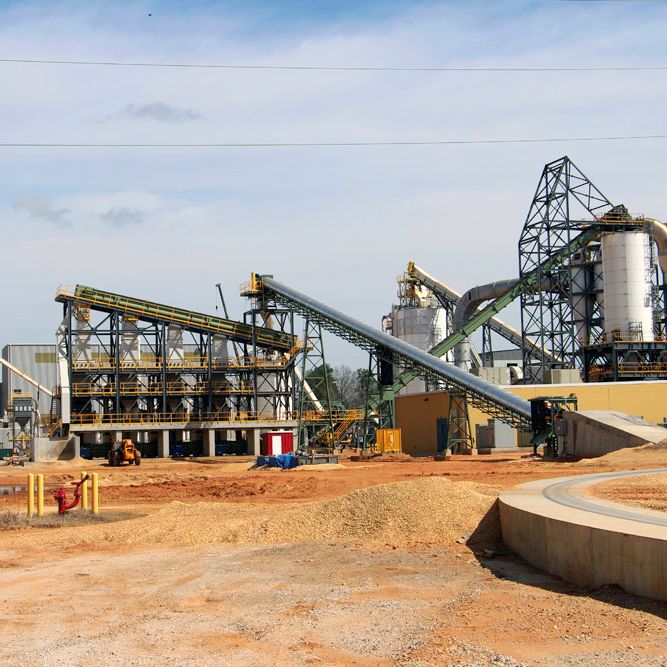
20-22 t/h pellet mill line for sawdust crop waste bagasse
—— RICHI MACHINERY ——
- Annual output: 100,000 tons per year
- Turnkey pellet plant price: 1,280,000 USD
- Area: 3199.99m2
- Main construction contents: production workshop, raw material area, finished product area
- Work system: This project has a labor quota of 20 people and an annual working time of 300 days. Implement 16h double shift system
- Raw material consumption: leaves, trunks, roots, bark*1520t/a, wood processing leftovers*48140t/a, sawdust*20620t/a, rice, potato and other crop straws*5500t/a, melons and fruits shells (peach cores and other melon and fruit shells) 3620t/a, rapeseed straw*100t/a, sugarcane bagasse*20900t/a
- Energy consumption: electricity*3.32 million kwh/year, water*300t/a
- Main equipment: mechanical grippers, crushers, pulverizers, conveyor screws, air coolers, vibrating grading screens, automatic packaging machines, bucket elevators, raw material moisture testing instruments, finished product quality testing instruments, floor scales, forklifts, etc.
pellet mill line Production Process:
The biomass pellet fuel products of this biomass pelletizing plant project mainly include forestry biomass pellet fuel and agricultural biomass pellet fuel. Their production processes are basically the same, and the main difference lies in the use of different raw materials.
- Loading: The raw materials used in the forestry biomass pellet fuel in this project mainly include leaves, trunks, roots, bark, wood processing scraps and sawdust, among which trunks, roots, bark, and wood processing scraps need to be After shredding, the material is put into the conveyor belt of the crusher through the mechanical gripper, and the material enters the crusher through the conveyor belt for slicing.
- Slicing: The materials to be sliced are put into the conveyor belt of the crusher by the mechanical gripper, and then sent into the crusher through the conveyor belt for slicing. The size of the material opening of the crusher is 1m and the height is 0.6m, which can cut into large pieces. materials.
- Crushing: After slicing, the sheets and other raw materials that do not need to be sliced (sawwood powder, leaves) are pushed by the forklift to the feed port of the crusher conveyor belt, and then enter the crusher for further crushing into materials with smaller particle sizes.
- Granulation and molding: After crushing, the material is pushed by a forklift to the feeding port of the granulator conveyor. The feed conveyor adopts a tubular conveying screw machine, which is closed. The material enters the inside of the granulator for extrusion molding. , to obtain solid dense molded fuel with certain shapes and specifications. The granulation temperature is about 60~70℃.
- Cooling: The temperature of the material coming out of the discharge port of the granulator is relatively high, and it is cooled to about 30°C by the counterflow air cooler.
- Vibrating screening: The cooled biomass pellets are considered to be partially damaged and the pellet size cannot meet the product requirements. They are sent to the vibrating grading screen via the conveyor belt for vibration screening. A small amount of broken materials are collected by the collector at the lower part of the grading screen. Reused in the crushing process.
- Testing: The products screened by the vibrating grading screen are tested for product quality, and unqualified products are collected and reused in the crushing process.
- Packaging: Products that pass the test are automatically packaged after weighing. After packaging, the products are transported by an elevator to the finished product warehouse for temporary storage and then shipped out of the pellet mill line.
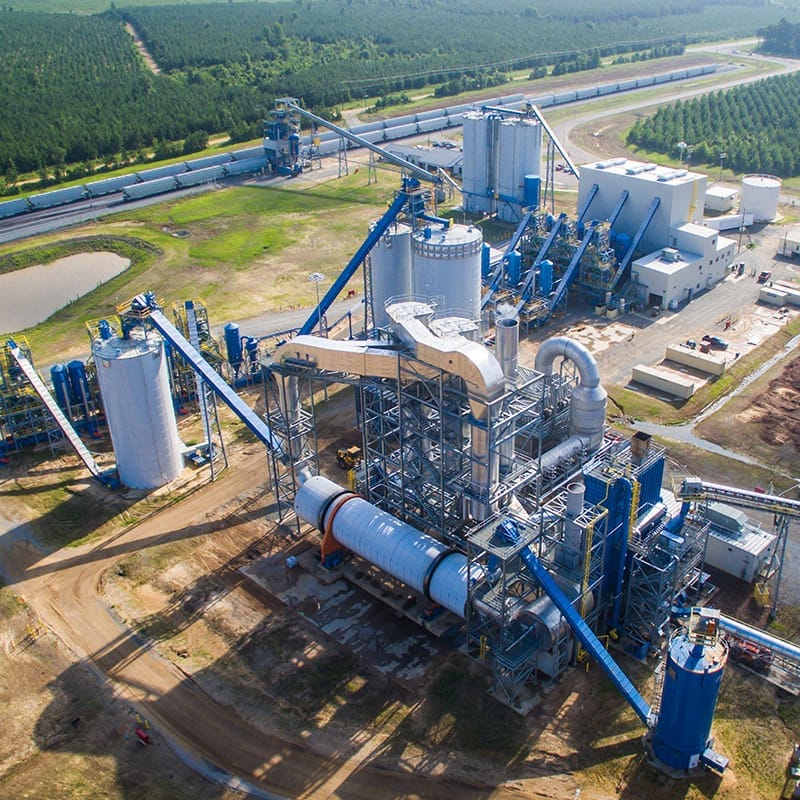
20 t/h pellet machine line for wood sawdust straw
—— RICHI MACHINERY ——
- Annual output: 50,000 tons
- Biomass wood pellet production line price:
- Area: 1920m2
- Main construction content: raw material and product storage area, production and processing area, and office building.
- Work system: 20 workers, 300 working days per year, 8-hour work shift, 2400h annual production time
- Product specifications: granular, diameter 8-10mm, length 20-50mm, moisture content 12-18%, density >1.12 kg/m3, ash content <1.5%, packaged in 1 ton/bag, in bulk
- Raw material consumption: furniture factory scraps*10,000t/a, sawdust*10,000t/a, agricultural and forestry straw*10,000t/a, waste wood 20,000t/a
- Energy consumption: annual electricity consumption is about 5.5 million kwh
- Main equipment: crusher, pulverizer, ton bag scale, biomass pelletizing machine, etc.
pellet machine line Process Description:
- Stack purchased raw materials (timber, sawdust, straw, etc.) in the raw material storage area for later use;
- Crushing: coarsely crushing larger pieces of raw materials, the crushing process will produce dust and noise;
- Crushing: Finely crush the crushed small pieces of raw materials until the particle size is less than 10mm and the length is required;
- Molding: The feeding port of the molding machine is open, and the materials entering the molding machine are mixed evenly. The molding machine pressurizes and squeezes the evenly mixed raw materials into granules. Through the compression of external force, lower pressure is transmitted to the biomass particles, so that the arrangement structure of the loosely packed solid particles begins to change, and the internal voids of the biomass are reduced. When the pressure gradually increases, the large biomass particles break under the pressure and become smaller particles, and undergo deformation or plastic flow. The particles begin to fill the gaps, and the particles come into closer contact and mesh with each other, making the pellets bond.
- Packaging: The finished product packaging section is divided into bulk and bagged. The bulk process is directly loaded on bulk trucks and shipped out; the bagging process is to manually put the biomass pellets into woven bags before shipment.
Based on your production and process requirements, RICHI Machinery provide biomass pelletizing solutions, including:
- We assist in planning your capital investments strategically, ensuring that your resources are allocated efficiently.
- We help you develop budgets that align with your project’s scope and objectives.
- From equipment to structural, civil, and electrical design, we offer full-service engineering solutions and capital project deployment.
How to build a pellet machine line for biomass pellet production?
- Determine biomass pellet products and markets. Conduct market research to understand needs, competitors and potential customers, and clarify the products and target markets that the factory will produce.
- Fund preparation. Create a budget that takes into account initial construction costs, equipment purchases, operating costs, etc., and find investors or loans.
- Site selection and construction. Choose a suitable location to build a biomass wood pellet factory, consider labor supply, transportation convenience, infrastructure and other factors, and cooperate with construction companies to build.
- Registration and Licensing. Complete registration and licensing procedures such as company registration, tax registration, environmental permits, etc.
- Purchasing and production. Purchase raw materials and equipment, recruit and train employees, and conduct trial production.
- Marketing and sales. Develop marketing strategies, introduce them to the market, establish sales networks, build relationships with customers, and increase brand awareness.
- Continuous improvement. Pay attention to pellet mill line operating conditions, optimize production processes, improve efficiency, pay attention to industry trends and technological development, and continue to innovate.
- Team formation and management. Recruit skilled workers and talents with rich management experience, and establish a complete training system and management system.
- Supply chain and logistics management. Choose reliable suppliers, establish a stable supply chain system, optimize logistics links, and reduce transportation costs.
- Financial management and risk control. Establish a sound financial system and do a good job in cost accounting and budget management.
- Technology selection and research and development. Choose an appropriate technical route based on product positioning, and can cooperate with scientific research institutions to introduce advanced technology or jointly develop.
- Pre-approval and administrative procedures. Handle project filing, environmental review, land use certificate, planning approval and other procedures.
The entire process of pellet mill line construction requires patience and perseverance, as well as a deep understanding of the market and the necessary resources.
15-20T/H pellet mill line construction cost
The price of a 15-20t/h biomass pellet mill line is generally 150,000-1,500,000 USD.
Generally speaking, biomass pellet manufacturing plant construction involves multiple links, and different costs will be incurred in these links, as follows:
- Equipment purchase cost: The construction of a pellet production line requires the purchase of various equipment, and this part of the cost is relatively high, mainly including equipment purchase fees, installation and commissioning fees, software development fees, etc.
- Labor costs: Building a pellet mill line requires a large amount of human resources, including engineers, technicians, production workers, etc. The salaries, social security, benefits, etc. of these personnel are also part of the cost structure.
- Shipping costs: The transportation of raw materials and granular products is also a cost that cannot be ignored, especially for the construction of production lines across provinces and countries, the cost is even more significant.
How to reduce production line construction costs?
Reducing the cost of pellet mill line construction requires starting from many aspects. The following cost reduction methods are proposed based on the above cost components:
01 Reduction in equipment purchase costs
- Choose appropriate equipment: When purchasing equipment for the biomass pellet making plant, do not pursue high-end, luxurious equipment, but choose equipment that suits your company based on actual production needs.
- Properly configure equipment: When purchasing equipment, you should consider factors such as later maintenance and replacement, choose multi-functional equipment, and rationally configure the relationship between different equipment to avoid repeated purchases and waste of resources.
02 Reduction of labor costs
- Improve work efficiency: Improve employee work efficiency through employee training, process optimization, etc. Enterprises with high production efficiency have low labor costs.
- Scientific management: Strengthen personnel management, formulate corresponding rules and regulations, standardize employee behavior, and improve management efficiency, thereby achieving the purpose of reducing costs.
03 Reduction in transportation costs
- Choose the appropriate transportation method: Choose the appropriate transportation method, such as land transportation, water transportation, air transportation, etc., based on factors such as cargo type and transportation distance.
- Optimize the transportation process: Strengthen the management of logistics links, optimize the transportation process, avoid cargo losses and delays, and reduce transportation costs.
The cost of pellet mill line construction is an issue that requires careful analysis. Enterprises must constantly explore ways to reduce costs and improve their competitiveness.
Through reasonable allocation of equipment, scientific management of personnel, optimization of logistics, etc., we will continuously reduce costs and improve efficiency to achieve long-term development of the enterprise.
pellet mill line video

Customize your pellet mill line
RICHI is your partner in maximizing productivity and profitability, with over 30 years of experience in modernizing and optimizing biomass pellet plant processes.
We provide biomass pellet mill line engineering solutions that take your plant to the next level for maximum productivity and profitability. Contact us today to optimize your plant layout to achieve maximum ROI with our expertise in biomass pelletizing. (Find RICHI on youtube)
